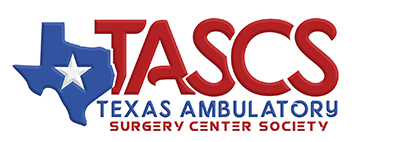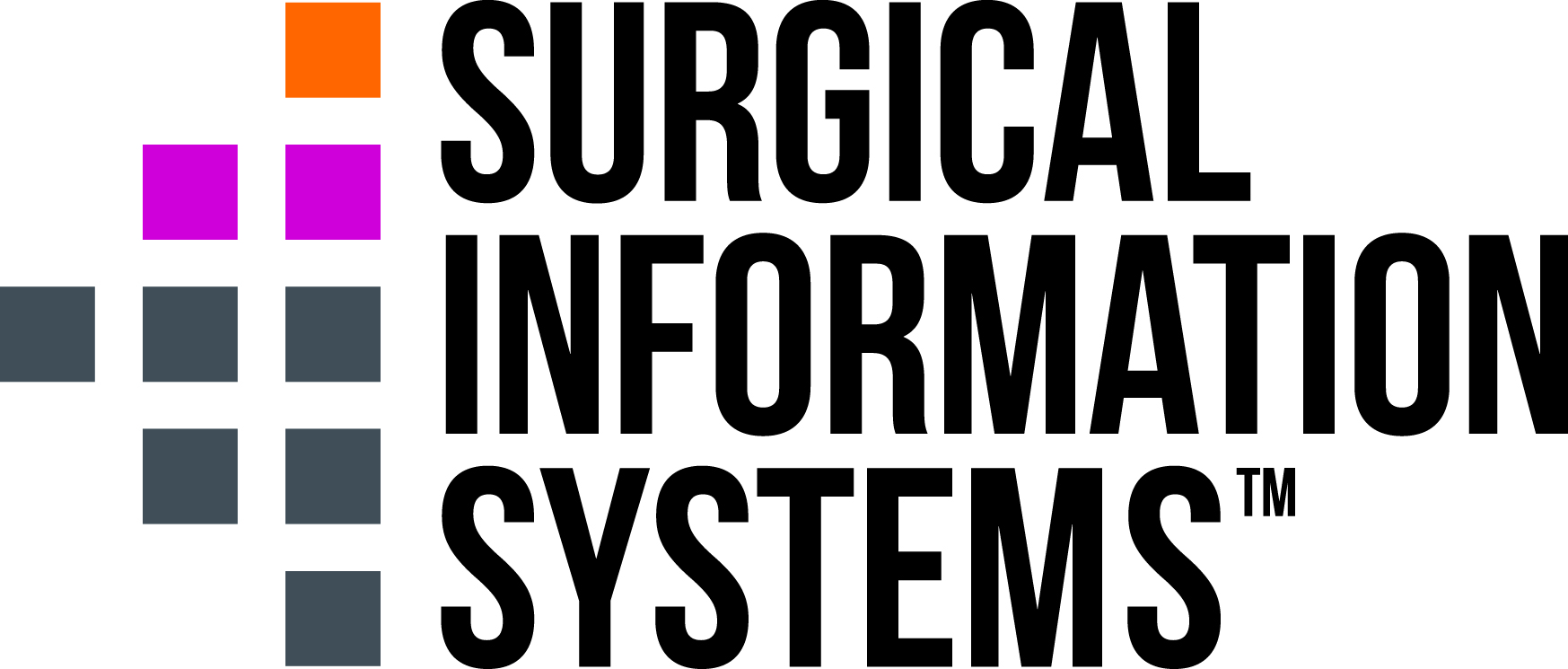2021 Payment Rules Affecting Pharmacy
As we move into the new outpatient/ambulatory payment year still in the midst of the COVID-19 pandemic, navigating payment rules across sites of care and ensuring that pharmacy is in sync with their organization’s overall strategies are essential. Themes finalized in the rule sets are: embrace patient centricity, continue to simplify (electronic health record requirements and reporting, regulations), cut costs and save money, and not lose focus on pharmacy’s efforts to combat the opioid crisis.
2021 OPPS Effects
Our September issue (bit.ly/3rW3VQt) summarized the proposed Outpatient Prospective Payment System (OPPS) rules. The components of the rules most affecting pharmacy include:
1. Focus on site of care. Site-neutral payments remain in place.
2. Patient centricity. Continue to give beneficiaries more affordable choices on where to obtain care with the potential for lower out-of-pocket expenses, including those for surgeries. The inpatient-only list is phasing out within three years, beginning with 300 musculoskeletal-related services in 2021 and loosened restrictions for physician-owned hospitals. Criteria for adding surgical procedures to the ambulatory surgery center covered procedures list changed with 267 new ones.
3. Price transparency of hospital standard charges. Without changes from the proposed rules, transparency is required Jan. 1, 2021.
4. Prior authorization. Beginning July 1, 2021, the Centers for Medicare & Medicaid Services (CMS) is implementing a prior authorization process for cervical fusion with disk removal and implanted spinal neurostimulators in hospital outpatient departments. The current requirements for five categories of services, including the use of botulinum toxin injections, continues.
| Table 1. 2021 Payment for Drugs and Biologicals | |||
| New drugs not yet assigned unique HCPCS codes | New pass-through drugs | Non pass-through separately payable drugs >$130/day based on ASP | Policy packaged or lower-cost packaged products costing =$130/day based on ASP |
|---|---|---|---|
| SI G | SI K | SI N | |
| On the bill as separate line items | On the bill as separate line items | Not on the bill as separate line items, paid as part of the service bundle | |
| 95% of average wholesale price (AWP) | Average sales price (ASP) + 6% | Paid at ASP + 6% if not purchased under the 340B Program | No change from CY2020 |
| 46 products either keep pass-through status | Payment based on wholesale acquisition cost (WAC) + 3% until enough ASP data gathered | No separate reimbursement: drug costs are bundled into the procedure | |
| Pass-through status expired for 28 products during CY2020 | Paid at ASP–22.5% if purchased under the 340B Program |
|
|
| 26 additional products lose pass-through status during CY2021 | |||
| All biosimilars eligible for pass-through, not just the 1st one for each reference product | |||
These OPPS changes apply only to Medicare patients treated in an OPPS setting and include continuing the current policy of paying hospitals average sales price (ASP) minus 22.5% for 340B-acquired drugs.
Most Favored Nation Rule
This approach to reduce drug costs is temporarily on hold. See the sidebar for more details.
2021 Physician Fee Schedule
The 2021 physician fee schedule (PFS) permanently expands telehealth services, alters physician payments and coding, and expands some clinicians’ scope of practice. Here are some key details:
Telehealth
Medicare added 60-plus services to its reimbursable list of 144 services covered via telehealth, as part of the COVID-19 public health emergency (PHE). According to CMS, “these additions allow beneficiaries in rural areas who are in a medical facility … to continue to have access to telehealth services such as certain types of emergency department visits, therapy services, and critical care services.” Category 1, covering services similar to office visits or psychiatry services and consultations, was expanded to add group psychotherapy, home visits and psychological testing. CMS also expanded category 3, including emergency department visits, therapy services and hospital discharge day management. It’s important to note that CMS doesn’t have statutory authority to permanently expand telehealth coverage beyond a rural benefit in Medicare; such an expansion requires an Act of Congress.
Evaluation and Management (E/M) Coding and Payment
CMS has increased the relative value of several PFS payments to prioritize CMS’s investment in primary care and chronic disease management. The payments allow for nonphysician practitioners to provide the care they were trained and licensed to give, and encourage health care professionals to practice at the top of their license and spend more time with patients. In general, the payments support clinicians who manage the ongoing care of patients with a host of chronic diseases. But more specific care settings are also incentivized, including patient transitions between hospitals, nursing facilities and the home, including those with dementia.
For more information, check out the following resources:
- PFS 2021 fact sheet: go.cms.gov/34xzczp; PFS final rule: go.cms.gov/3rh3UX6
- Medicare Diabetes Prevention Program: go.cms.gov/2Kt6DfB
- OPPS final rule: go.cms.gov/2Xm FBZW; go.cms.gov/3osjldd
COVID-19 Antibody Treatment
Medicare has announced it will cover and pay for casirivimab and imdevimab, two monoclonal antibody infusions developed by Regeneron, the same way it covers and pays for COVID-19 vaccines—when furnished consistent with the FDA’s emergency use authorization (EUA) for the infusions.
CMS identified specific code(s) for the monoclonal antibody products and specific administration code(s) for Medicare payment, effective Nov. 21, 2020 (Table 2). For more information, see the FDA’s fact sheet on the casirivimab and imdevimab EUA at bit.ly/3h8ixar.
| Table 2. Antibody Infusion Codes | |||
| Product | HCPCS | Long Descriptor | Short Descriptor |
|---|---|---|---|
| Regeneron’s antibody casirivimab and imdevimab (REGN-COV2) | Q0243 | Injection, casirivimab and imdevimab, 2400 mg | casirivimab and imdevimab |
| M0243 | Intravenous infusion, casirivimab and imdevimab includes infusion and post-administration monitoring | casirivi and imdevi infusion | |
Additionally, CMS finalized a new requirement for all hospitals to report their inventory of COVID-19 therapeutics to provide information needed to track and accurately allocate therapeutics to the hospitals that need additional inventory to care for patients and meet surge needs.


